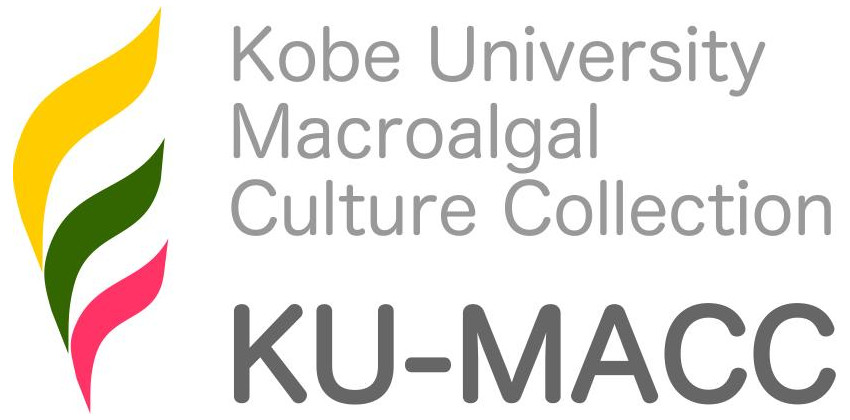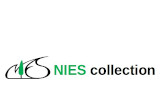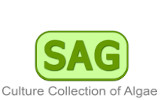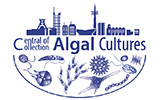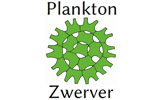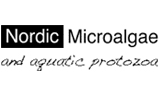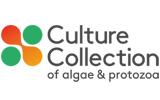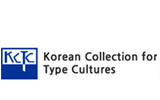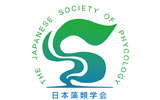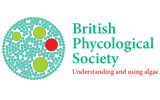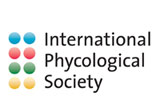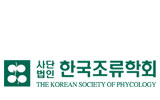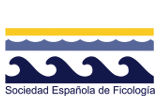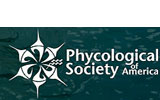Tolypella nidifica (O.F.Müller) A.Braun 1857
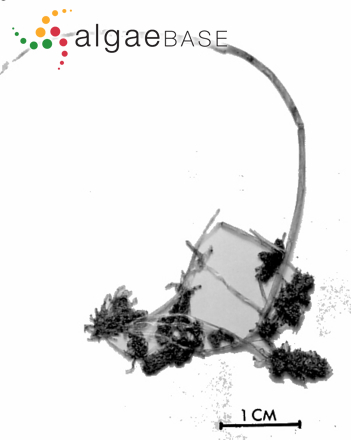
Current name:
Tolypella nidifica (O.F.Müller) A.Braun
T. nidifica f. groenlandica
Publication Details
Tolypella nidifica (O.F.Müller) A.Braun 1857: 344, 348
Published in: Braun, A. (1857). Über Parthenogenesis bei Pflanzen. Abhandlungen der Koniglichen Akademie der Wissenschaften zu Berlin 1856: 311-376.
Type Species
This is the type species (lectotype) of the genus Tolypella.
Status of Name
This name is of an entity that is currently accepted taxonomically.
Basionym
Conferva nidifica O.F.Müller
Type Information
Type locality: "inter Fioniam & Lalandiam in fundo ad littora" [Denmark]; (Müller 1778: 6) "Holotype" (Müller, 1777: pl. 761. 1777): (Lambert & Schubert 2024: 997)
General Environment
This is a brackish species.
Description
Tolypella nidifica is up to 20 cm in length, dark brownish-green in colour and unincrusted. The axis is up to 1 mm broad. The sterile branchlets are simple. The fertile whorls are forming dense heads. The branchlets are once divided, and have normally only one node (rarely two) which has 2-4 rays. The end segments are 3-5 and the end-cells are obtuse. The species is monoecious. The oogonia are clustered 2-4, globose and up to 600 µm long. The oospore is black to dark wine red and up to 500 µm long. The antheridium is less than 500 µm in diameter.
T. nidifica f. groenlandica differs from the type by having a very long unbranched terminal process, in the specimen (see photo) this is 6 cm long and 1 mm broad (Langangen 1996).
Key Characteristics
End-cells obtuse, with sterile branchlets. Large plants in brackishwater.
Similar Species
Tolypella glomerata. T. antarctica, T. normaniana
Created: 11 April 2002 by M.D. Guiry.
Last updated: 23 January 2025
Verification of Data
Users are responsible for verifying the accuracy of information before use, as noted on the website Content page.
Nomenclatural note
"In several publications, the younger Tolypella nidifica (O. F. Müll.) Leonh. 1864: 176, footnote, is given as the scientific name." (Lambert & Schubert 2024: 997). - (22 January 2025) - M.D. Guiry
Distributional note
"Tolypella nidifica can be found almost all over Europe. The main distribution centre is in the Baltic Sea region (and Norway) where the species is found all along the coast-line in less exposed/sheltered bays. Inland occurrences are pretty rare and restricted to a few inland brackish water sites. In the Mediterranean and North Atlantic regions, the species is less abundant, probably because of the lack of habitats with suitable salinity conditions; in contrast to the brackish Baltic Sea, the salinity of lagoons and inlets in these regions can easily exceed the mesohaline range that T. nidifica requires for the formation of ripe oospores (see Steinhardt and Selig, 2011; Winter et al., 1996). The species has been found only in a very few places outside Europe and therefore must be regarded as a European species that has been unintentionally introduced to some places outside the continent." (Lambert & Schubert 2024). - (23 January 2025) - M.D. Guiry
Habitat note
Tolypella nidifica is a brackish-water species. It is very common in the Baltic Sea. The species has high salinity tolerance. The species is annual and germinate in May-June, and green plants can be found in June. Tolypella nidifica is genarally rich fertile and oospores are found commonly from July to October.
- (21 June 2009)
Conservational note
"The recent status of Tolypella nidifica is difficult to estimate because of its ephemeral character. In its Baltic region centre of distribution (including Norway), a decline in occurrence has been reported for all countries, most of them regarding the species as threatened. In this region, eutrophication and habitat loss are regarded as the main threats (Urbaniak, 2004), with eutrophication often acting via the overgrowing of stands by filamentous algal mats (e.g. Langangen, 2007a). On the other hand, T. nidifica is very abundant in the diaspore bank of Baltic Sea coastal ecosystems, where astonishing numbers of intact and viable oospores have been found in places where the species has not occurred for at least several years (Nowak et al., 2018; Selig et al., 2009). Probably this ephemeral small species has often been overlooked in Baltic Sea macrophyte monitoring programmes which focus on the outer shores, often excluding the shallow areas completely. A trend of loss of stands along the Swedish west and south coast (but not at other areas of the Swedish Baltic Sea coast) was verified by targeted monitoring of occurrences known from herbarium records by Blindow (2000a, 2000b). In any case the Baltic countries have a special responsibility for the worldwide protection of T. nidifica and most of them have classified the species respectively in their Red Lists (Becker, 2016, see also Chap. 9)." (Lambert & Schubert 2024). - (23 January 2025) - M.D. Guiry
Linking to this page: https://www.algaebase.org/search/species/detail/?species_id=27255
Citing AlgaeBase
Cite this record as:
M.D. Guiry in Guiry, M.D. & Guiry, G.M. 23 January 2025. AlgaeBase. World-wide electronic publication, National University of Ireland, Galway. https://www.algaebase.org; searched on 01 April 2025
 Request PDF
Request PDF